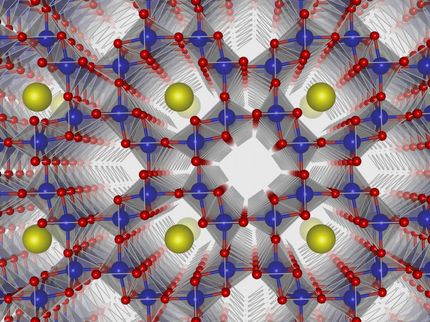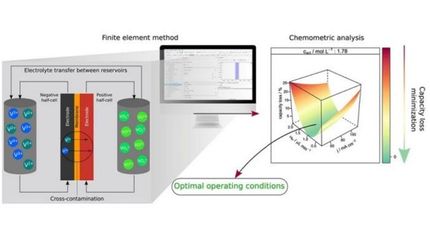Renewable battery cathode formed from waste
Byproducts from pulp and paper industry used to store a charge, researchers say
Advertisement
Researchers have designed a battery cathode made of Lignin byproducts from the pulp and paper industry, which may lead to cheaper and safer electrodes. This new, rechargeable battery cathode is comparable to other cathodes that require precious metals or rare, raw materials.
Grzegorz Milczarek from Poznan University of Technology in Poznan, Poland, and Olle Inganäs from Linköping University in Linköping, Sweden, combined lignin derivatives with a polymer known as polypyrrole to construct this device. Their research appeared in the 23 March issue of the journal Science, which is published by AAAS, the nonprofit science society.
"The advantage of using a renewable material for charge storage is the enormous amount of this material that is already being produced on Earth by growing plants, which contain about 20 to 30 percent lignin," Inganäs says. "It is also a low-value material, currently being used for combustion. Lithium-ion batteries, on the other hand, require metal oxides and some of those materials, such as cobalt, are rather rare."
Lignin is the second most common polymer produced in nature by living organism (the most common being cellulose.) And lignin derivatives can be found in abundance in "brown liquor," the waste product left over from paper processing.
"When processing wood to make paper, lignin is extracted to leave cellulose," explains Inganäs. "It leaves a residue of brown or black liquor, depending on the chemistry being used."
As the two researchers show in their study, the insulating qualities of such lignin derivatives can be combined with the conductivity of polypyrrole to create a composite material that effectively holds an electric charge.
Milczarek and Inganäs describe how a class of organic compounds known as quinones allows the lignin derivatives to shed a proton and store this electric charge in its place. The polypyrrole is able to hold on to that loose proton until the charge is released and the proton returns to the quinone group of the lignin derivative.
These rechargeable batteries are still limited, according to the researchers, because they slowly lose their electric charge as they sit idly. But, Milczarek and Inganäs also found that various lignin derivatives perform differently in the cathode, depending on how they are processed.
And this observation means that there is plenty of room for optimizing these batteries, and researchers might get more of a charge from them by trying various lignin derivatives.
Other news from the department science
Most read news
More news from our other portals
See the theme worlds for related content
Topic World Battery Technology
The topic world Battery Technology combines relevant knowledge in a unique way. Here you will find everything about suppliers and their products, webinars, white papers, catalogs and brochures.

Topic World Battery Technology
The topic world Battery Technology combines relevant knowledge in a unique way. Here you will find everything about suppliers and their products, webinars, white papers, catalogs and brochures.



























































